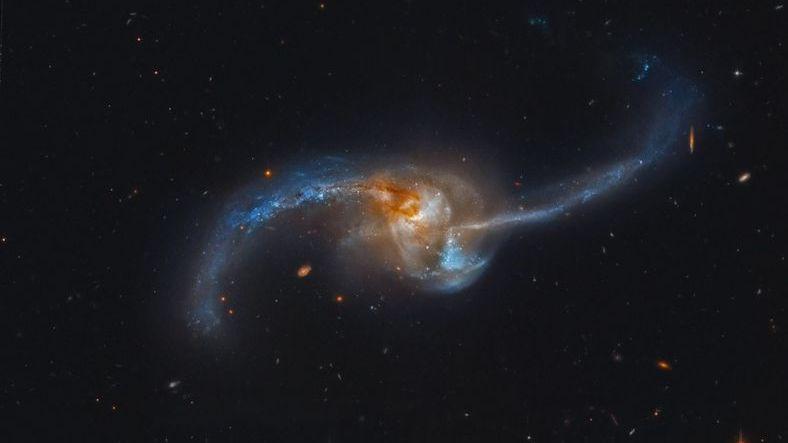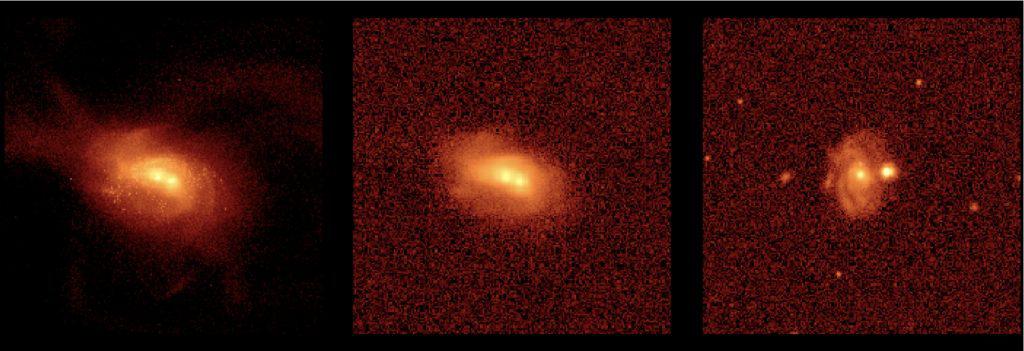With the new discovery of scientists from the University of Boulder, Colorado, it is possible to clearly observe the unification of galaxies.
Galaxy mergers are the name given to their merger in a process that can find thousands, hundreds of thousands, and even millions of years in two galaxies. It is not always easy for astronomers to observe this event.
Thanks to the new computer program created by a team led by Rebecca Navin, it is possible to realize the unification of any galaxy that has occurred. The Program will also show the shape of the galaxy that will emerge as a result of the merger and the movement of the Stars in the galaxy.

According to Nevin, these studies are very important. Because of this, it is possible to explain the formation of galaxies such as the Milky Way and observe the formation of new stars.
The purpose of Nevin’s work is to create a larger sampling group about the uniformed galaxies. The researcher’s work is based on the study of the data obtained in the Sloan Digital Sky Survey (SDSS) studies in partnership with the University. In the ongoing project since 1998, more than 500 million photographs of space have been taken.
“People look at the pictures in the description on the subject ‘This is a merger.’ they say. They are very bad about it and they’re missing out on many galaxies” says Rebecca Nevin and his team’s simulations, which examines many possibilities for how galaxies can be met and merged.

Laura Blecha, a lecturer at the University of Florida, who manages the simulations said that these simulations are important because galaxy mergers have lasted thousands of years and it is impossible for us to observe this process.
Researchers have trained a computer program with these simulations to search for traces of merger within the photos. The method worked, and the program succeeded in determining the unification of galaxies by more than 80 per cent. The team will also detect Galaxy movements in the program. It is trying to add a module to visualize the possible star movements in the galaxy.
The findings of the research team will be published in a magazine called Tha Astrophysical Journal.

No Comments!